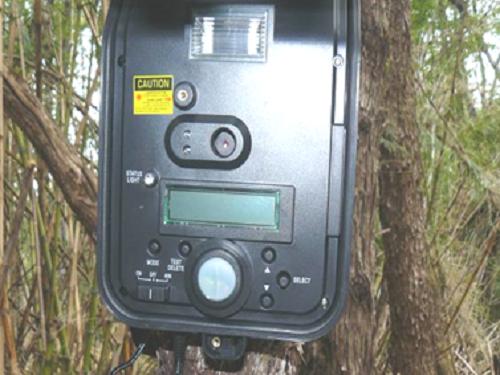Martín Monteverde
This project aims to gather critical ecological data necessary to develop effective protection and management strategies for huiña long-term conservation in the wild.

The huiña (Leopardus guigna) is the smallest cat of the Valdivian forest and the only carnivore endemic to the southern Andean forests. It has one of the most restricted distributions of any carnivore and is considered one of the two most threatened wild cats in South America. There is a dangerous lack of information about its ecology, habitat requirements and threats in Argentina where its status and distribution is almost unknown and where the studies carried out in Chile are not applicable due to the different environmental scenario.
We will work in two specific areas of Valdivian forest within Lanín National Park (LNP) where we positively know that huiña inhabits. Due to previous work carry out with technicians of, these areas are classified as “high-priority” in terms of potential habitat for this feline. We will use year-round live-trapping and camera-trapping together with scent stations in order to locate the animals in the area. We will eventually use radio-tracking to determine activity patterns and habitat use of these mammals. To compare resource use among the different carnivore species, we will determine food habits through the analysis of faeces collected in the field. We will identify the carnivore species that produced the scat using a molecular genetic technique.
It is known that threats to the health of wildlife from anthropogenic influences are often associated with increased contact that wildlife has with domestic animals and livestock. In Los Alerces National Park, two huiñas were found dead and the causes of these dead were not established to date. Moreover, several feral cats and dogs exist in both study areas that may constitute a potential health problem for the native carnivores. So additionally, we will determine the health status of every wild cat that we capture. Educational activities will include training for park rangers and environmental education (workshops) for the inhabitants of the park to reduce the impact of domestic animals on wild cats and to improve the conservation awareness for protection of all carnivores in the Park, using the huiña cat as a “flagship” species. At the same time, we will elaborate educational brochures that will be distributed in the area to inform, involve and to make local people participate.